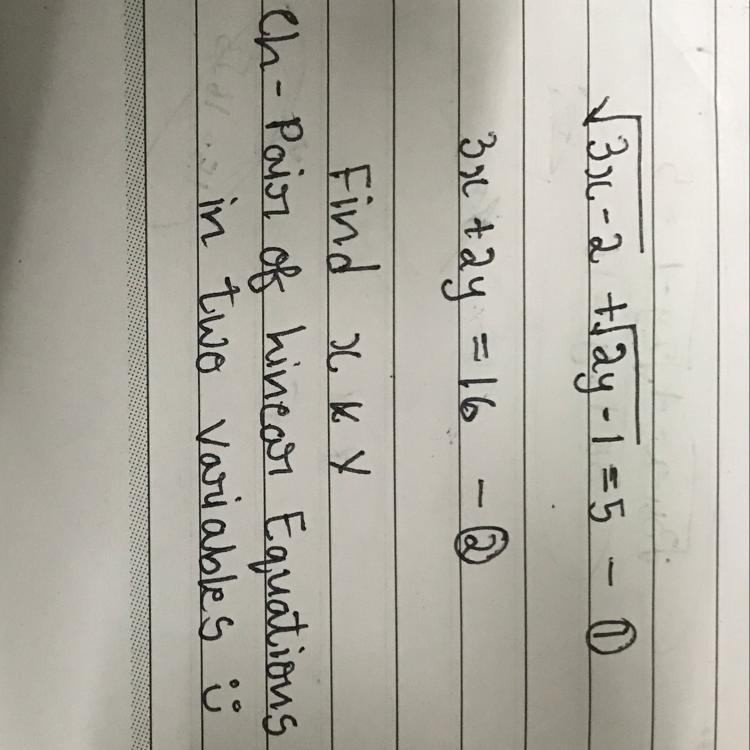Which is NOT true? 7 + 7 = 19 - 5 9 + 9 = 11 + 7 19 = 13 + 5 20 - 12 = 4 + 4
Answers 2
Answer:
hehshdjzdnKbxjavxjss
-
Author:
serenityaxav
-
Rate an answer:
5
Answer:
19=13+5 is not true
Step-by-step explanation:
Because values on both sides would not be equal.
19 is not equal to 13 +5
13 +5 is equal to 18 not 19
-
Author:
jacquelyn4i8o
-
Rate an answer:
20
If you know the answer add it here!
Choose a language and a region
How much to ban the user?
1 hour
1 day
100 years

